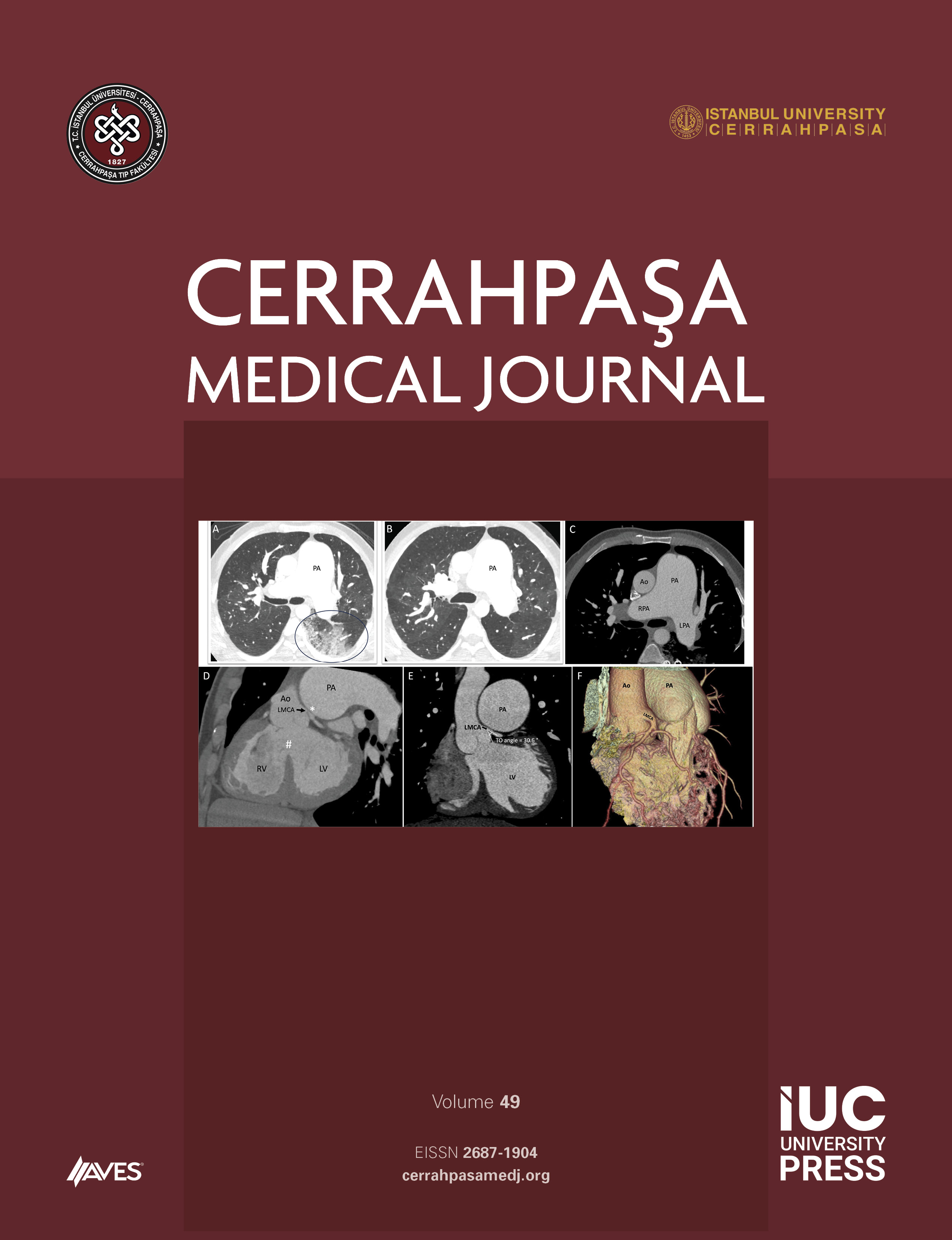Objective: The rate of posterior malleolar fracture accompanying the distal third tibial shaft fracture is extremely high. The surgical treatment of fractures with non-displaced posterior malleolar fracture remains a matter of debate. The aim of this study was to compare the clinical and radiological outcomes of distal third tibial shaft fracture fixation with or without non-displaced posterior malleolar fracture screw fixation.
Methods: Cases were evaluated in which intramedullar nailing was applied because of distal third tibial shaft fracture accompanied by posterior malleolar fracture between January 2016 and December 2021. Two groups were formed: those with and without posterior malleolar fixation in addition to intramedullary nailing. The clinical and radiological outcomes were compared between the groups.
Results: Posterior malleolar fracture was determined in 121 (41.7%) of distal third tibial shaft fracture. A total of 50 cases met the study inclusion criteria—31 from the group of patients who presented with posterior malleolar fixation and 19 from the group who did not present with posterior malleolar fixation. No significant difference was determined between the groups with respect to age, gender, side, dominant foot, and mechanism of injury (P = .675, P = .106, P = .304, P > 0.999, and P = .706, respectively). No significant difference was determined between the groups with respect to the operating time, bone healing, and the American Orthopedic Foot and Ankle Association score (P = .147, P = .519, and P = .507, respectively).
Conclusion: Posterior malleolar fracture was seen to accompany distal third tibial shaft fracture at the rate of 41.7%. Although >25% of the distal tibial joint surface was included in distal third tibial shaft fracture accompanied by posterior malleolar fracture, the application of posterior malleolar fixation did not prolong the operating time if the displacement was <2 mm. No difference was found between the 2 treatment techniques with respect to the American Orthopedic Foot and Ankle Association score and fracture healing.
Cite this article as: Çepni SK, Şişman A. Is fixation necessary in posterior malleolus fractures accompanying tibial diaphyseal fractures treated with intramedullary nails? Cerrahpaşa Med J. 2023;47(1):28-32.



